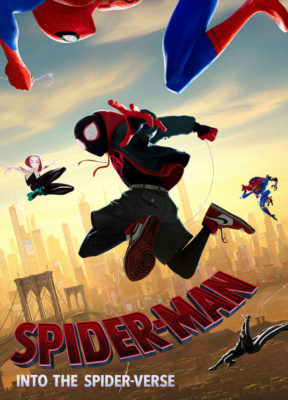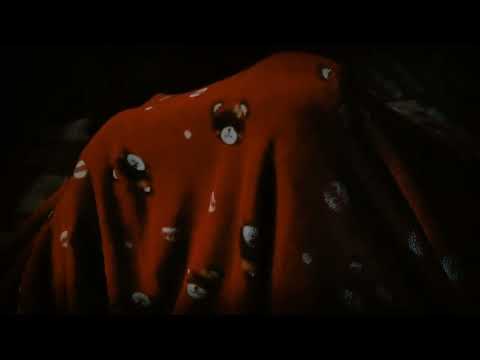
Blue Film That Shook The Industry Forever
The term “blue film” often conjures images of adult-oriented productions, but the label’s meaning evolved significantly after landmark releases that expanded boundaries and reshaped the entertainment landscape. With pivotal films, the genre began confronting societal norms while paving the way for fresh narratives. Let’s peel back the layers to explore how these transformative blue films altered the industry forever.
7 Blue Films That Redefined Adult Cinema and Shook the Industry
When “Deep Throat” hit theaters, it became a conversation starter across America. This film was groundbreaking, introducing a narrative-driven approach to adult cinema that invited broader audiences to engage with topics of sexual liberation. Its unexpected box office success led to an influx of productions that intertwined sex with storytelling, redefining what a blue film could achieve.
This film took a more avant-garde approach, standing out for its glossy production and artistic ambition. Starring the iconic Marilyn Chambers, “Behind the Green Door” blurred the lines between adult films and art cinema, attracting viewers who might typically shy away from more explicit content. The film’s reputation showcased that adult cinema could embrace artistic integrity and complexity.
“Pretty Woman,” while primarily a romantic comedy, leveraged the themes present in blue films to tell an aspirational love story. By showcasing a positive portrayal of a sex worker, it took a bold step in normalizing discussions about sex and relationships. The film’s commercial success not only romanticized adult themes but also showcased how blue film ideas could translate into mainstream narratives that resonate with audiences.
This film represented a significant turning point for adult cinema, known for its astonishing production values and engaging storytelling. With its elaborate sets and high budget, “Pirates” carved out a space within the industry where adult films began chasing awards and mainstream recognition. Its success suggested a definite shift in perceptions, leading to a more serious consideration of adult cinema in contemporary discussions.
Lars von Trier delivered a provocative piece of cinema that raised eyebrows and stirred debates. “Nymphomaniac” featured explicit depictions of sexuality while intertwining philosophical themes and existential quandaries. This juxtaposition not only expanded the discourse surrounding adult content but also prompted audiences to reflect on morality and the limits of artistic expression in film.
This film broke barriers by candidly depicting the romantic relationship between two women, setting a new standard for LGBTQ+ representation in films. With its intimate portrayal of love and desire, “Blue Is the Warmest Color” sparked discussions on identity and sexuality that resonated with diverse audiences. It ultimately became a defining example of emotional authenticity in cinema.
Unlike traditional blue films, “Bible Black” emerged as a pivotal anime series that married graphic content with innovative storytelling. This production experienced a renaissance in adult animation, attracting viewers through its complex plots and character arcs. By pushing the envelope, “Bible Black” transformed expectations of adult narratives, proving that animation could explore mature themes with depth and nuance.

The Cultural Impact of Blue Films
The impact of these blue films is profound and far-reaching. They challenged and reshaped public perceptions of sexuality, opening up fresh conversations about intimacy, identity, and desire. As digital platforms continue to expand accessibility to adult content, these films have ushered in an age where storytelling intertwines seamlessly with unfiltered explorations of sexuality.
As the boundaries between mainstream cinema and adult film keep becoming more fluid, we must pay homage to the vision and risk-taking of these pioneering blue films. Modern filmmakers channel the inventive spirit of these productions, whether by incorporating explicit narratives into independent films or examining complex character dynamics in traditional Hollywood stories.
Taking a closer look at the thematic depth, cultural significance, and industry influence of these films, we realize their revolutionary nature. The legacy of blue films extends beyond simple viewing pleasure; it beckons us to reconsider the evolving nature of desire and presents a rich tapestry of human experience through the lens of visual storytelling.
In 2024, as adult themes continue to wend their way into mainstream narratives, the industry keeps evolving, heavily influenced by the boldness of these foundational blue films. They have fundamentally shaken the industry, contributing significantly to ongoing dialogues about human intimacy and representation across all forms of visual storytelling. From the provocative “Nymphomaniac” to the groundbreaking “Blue Is the Warmest Color,” today’s film landscape owes much to the daring innovations of the past.
Blue Film: The Game-Changer of Cinema

A Spotlight on the Genre
Did you know that blue film, often seen as taboo, actually helped catalyze major shifts in filmmaking? In the late 20th century, a handful of blue films challenged conventional narratives, pushing boundaries and sparking debates about artistic expression. These films went from the underground to making big waves in popular culture, battling censorship, and ultimately changing audience perceptions. They played a role similar to how A Child Called It transformed views on child welfare, tackling heavy subjects with unapologetic honesty and sparking conversations that often linger long after the credits roll.
Behind the Scenes
Speaking of transformation, many blue films shed light on the artists behind them. For instance, directors like Taylor Travis have become synonymous with the genre, bringing compelling storytelling to life through a lens that many once overlooked. His approach serves as a reminder that filmmaking is an intricate dance—one that requires not just creativity but also a willingness to engage with the uncomfortable. It’s interesting to think about how filmmakers like Travis mirror the way branch Trolls in folklore challenge societal norms, inviting viewers to think critically and discuss themes they might otherwise shy away from.
Actors Who Broke Ground
When we talk blue film, we can’t ignore the actors who took risks to bring these stories to audiences. Stars like Katie Parker and Kayla Wallace have made names for themselves by portraying characters that resonate on deeper levels, proving that blue films aren’t just about shock value. They often include complex character arcs and real emotional stakes, much like Brett Dier in his diverse roles or Kendall Taylor, who constantly explores new horizons in her performances. Just as storm windows protect homes, these new stories offered cinematic shields against outdated norms, inviting audiences into a fresher perspective on human experience.
So the next time you think about blue films, remember they’re not just about the surface. They’re redefining storytelling and sparking important conversations, much like the cultural curriculum reshaping many aspects of our lives today. Who knows? Maybe the next big wave will come from an unexpected place—after all, indie filmmaking continues to push boundaries, captivating audiences eager for something more.













